
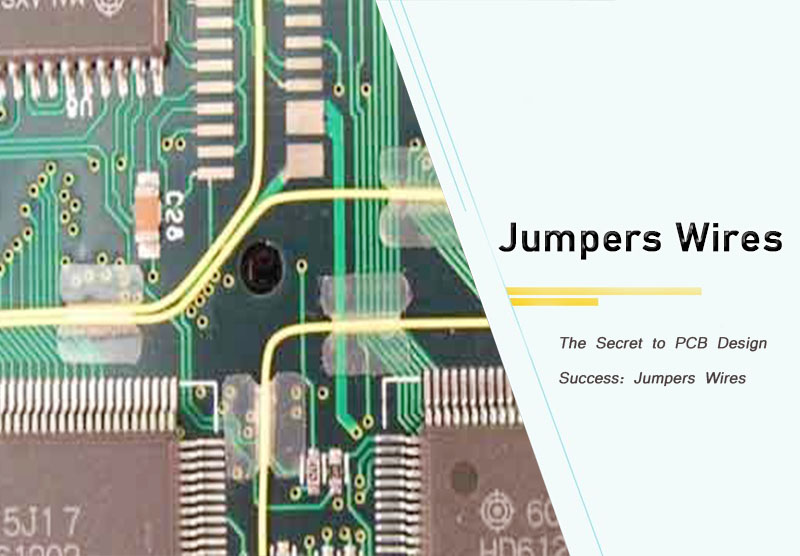
U-shaped, straight-line, L-shaped, positioning type, special-shaped, casing type, etc., the shape can be formed according to the requirements of PCB design and circuit board layout. The specifications of the U-shaped jumper are: 2mm~30mm and the diameter of the straight line generally ranges from 0.3mm to 2.0mm.

U-shaped Jumper Wire
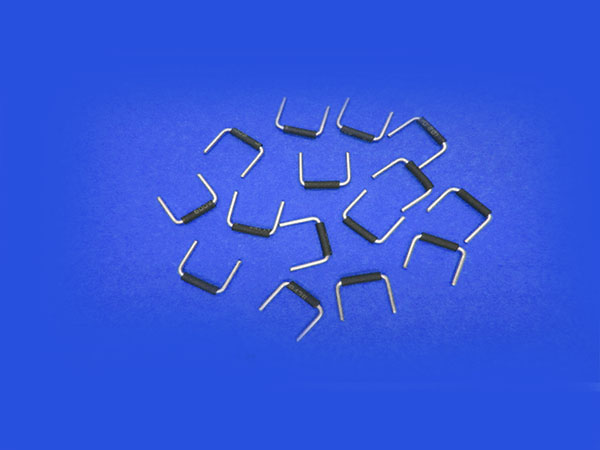
Casing Type Jumpers Wires
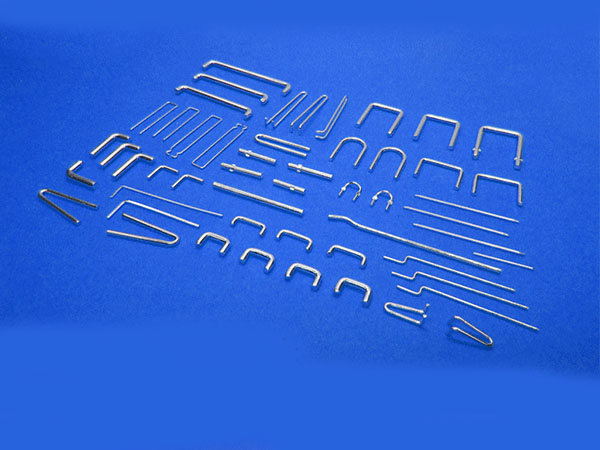
Jumper Wire Difference Shape
The most common materials for jumpers are copper, aluminum, nickel-plated copper, stainless steel, and gold. Choosing the correct wire material depends on the current it will handle. Conductive metals such as copper and aluminum are typically used for low-current applications, while stainless steel, nickel, and gold are used for high-current applications.
● High solder rate, and excellent solderability in PCB manufacturing process;
●Lead-free and environmentally friendly, moisture-proof, with time changes, the solderability remains good, which can extend the life of the PCB;
●The performance of jumpers using tinned copper material is stable and reliable, and the resulting PCB is of high quality and high-quality products.
● Connecting circuits: jumpers can connect different parts of the circuit, providing a cost-effective solution for solving complex circuits, including chips, resistors, capacitors, and inductors.
● Solve circuit layout problems: In circuit layout, jumpers can solve problems such as the circuit connection between components, the distance between components being too far, and the labeling of component pins is wrong. Or in the case of a single panel, if the bottom layer (top layer) cannot be routed, use a jumper to connect
● Troubleshooting: It can be used for printed circuit board testing, improve reliability and stability, and reduce failure rate when disconnecting circuits or connecting roads.
● Be creative when designing the printed circuit board: if the width of the PCB copper foil is not enough, add a jumper on the original trace to increase the over-current capability
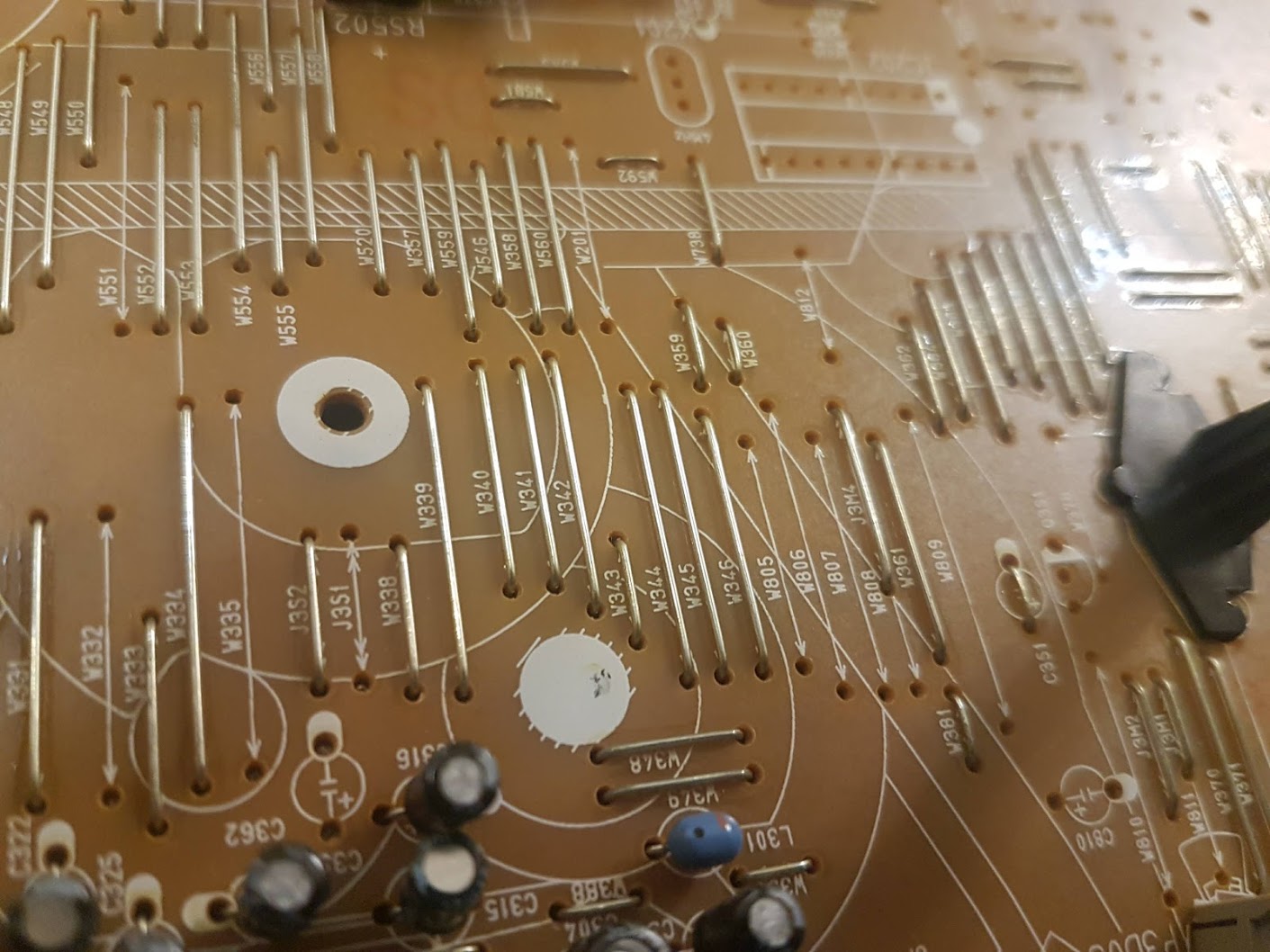
● Selecting the material for the jumper:
When using jumpers in PCB design, it is important to consider the material used for the jumper. Depending on the purpose of the circuit and the expected operating temperature and environmental conditions, different jumpers can be used. If the board will be exposed to moisture, the jumper material should be selected accordingly. Common jumper wires are made of copper, steel, and PVC. Also consider the current the jumper will handle, conductive metals such as copper and aluminum are typically used for low-current applications, while stainless steel, nickel, and gold are used for high-current applications.
● Jumper location and width:
To choose the right jumper for your PCB, consider location and width, smaller jumper sizes are great for small projects, while larger sizes are best for high-current applications. Also, you need to take into account the distance between components. For distances greater than 6", longer jumper wires will be required. Conversely, for shorter distances, shorter wires will suffice.
● Jumper connection method:
The common connection methods of jumper wires are solderless, wired and crimped. Solderless connections are best for quick prototyping, while wired connections are best for repairs. Crimp connections are the most reliable and they provide longer life for more permanent installations.
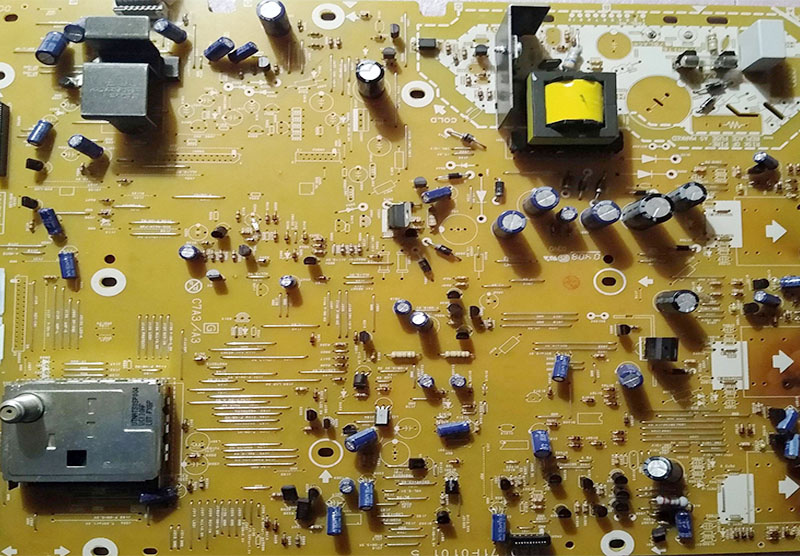
Jumper wires are integral to your printed circuit board's (PCB) success. Jumper wires help to connect the signals (leads) found in your assembly, which includes circuits and components, and are responsible for the power and data transfer.
These jumper wires provide flexibility and customized routing for your PCB board.
If you have doubts about which jumpers materials are used in the circuit board, please get in touch with us. Our professional customer service is online on 7/24 to answer your questions.
